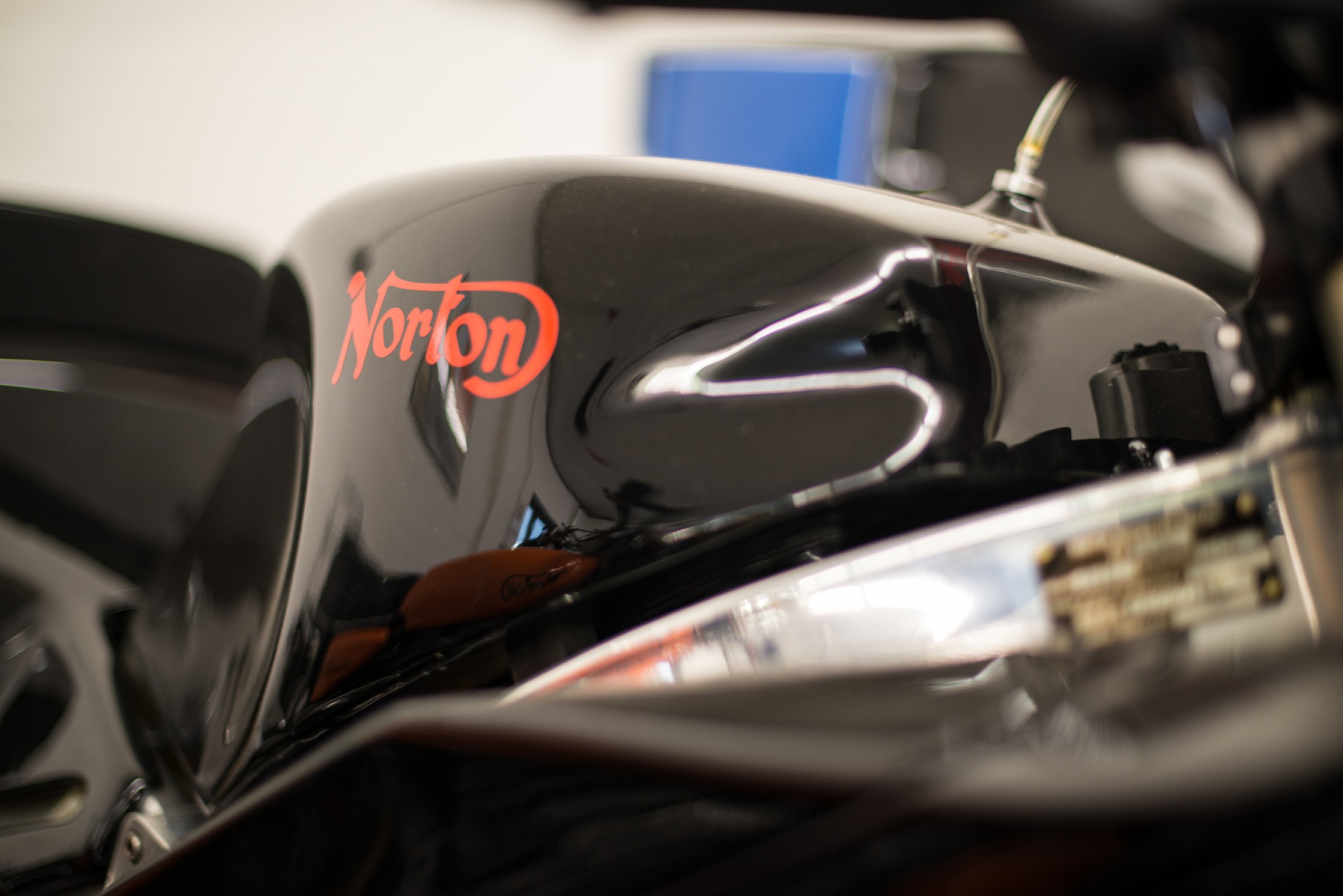According to the routine maintenance instructions in the factory manual section K10, the pivot should be lubricated every 5,000 miles as once recharged with oil the porous Oilite bushes remain self-lubricating and don't need to be constantly fed with oil.
"
OILITE
Self-lubricating, highly wear-resistant, ductile, conformable and corrosion resistant."
"Oilite bearings with large interconnected pores vital for the channeling of lubricants to areas between the shaft and bearing. At rest, the capillary action will recover lubricant from the surface and replenish the reservoirs. This porosity feature of Oilite is the most sought-after quality of our bearings."
Under
normal circumstances, the central bolt shouldn't need to be loosened or removed to fill the pivot.
The reason why removing the spindle locating bolt seems to have been necessary
in this instance is because the pivot was clogged with what appeared to be some form of
grease.
As it states in manual section K10 "
alternatively, remove the oil nipple and fill with an oil gun" which is probably a better method because if the nipple hole is at, or above the height of the spindle drilling and oil is pumped in with an oil can until it reaches the level of the hole then not only must the spindle drilling be filled but air can also escape easily.


